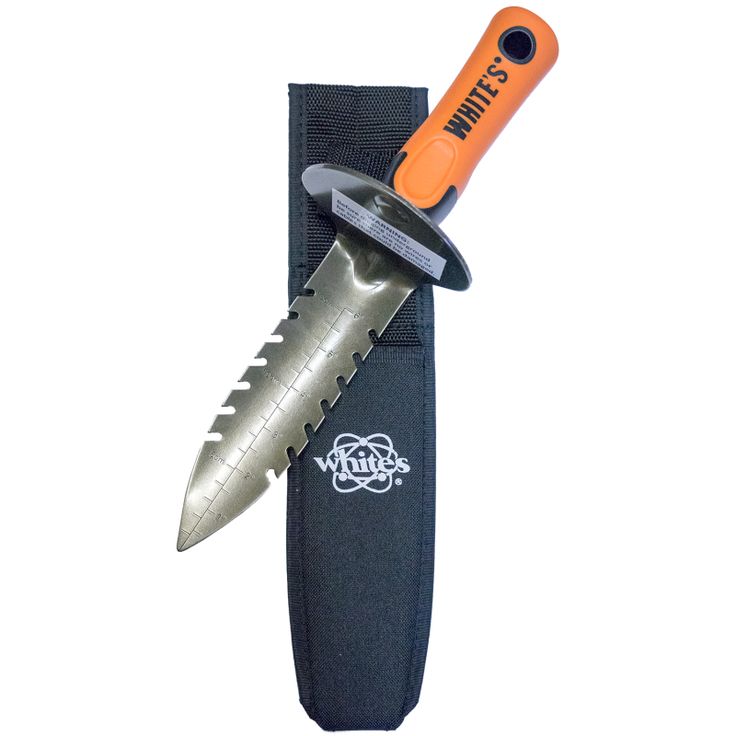Metal detecting is a fun and exciting hobby that can lead to the discovery of valuable treasures. Whether you’re searching for coins, jewelry, or relics, one of the most important tools in your arsenal is a depth indicator. A good depth indicator can help you pinpoint targets more accurately and increase your chances of finding something worthwhile.
One thing to keep in mind when using a metal detector is that not all signals are created equal. Some targets will be buried deeper than others, and some may be harder to detect due to factors like soil mineralization or target size. This is where a depth indicator comes in handy.
Depth indicators typically come in two types: visual and audible. Visual depth indicators display an estimation of how deep the target is on the detector’s screen, while audible indicators emit different tones depending on how deep the target is located. Both types have their strengths and weaknesses, so it’s important to choose one that works best for you.
When it comes to accuracy, however, nothing beats experience and practice. Even with the best depth indicator available on your metal detector model, there are still other factors that can affect its readings such as ground conditions (wet vs dry), target orientation (flat vs vertical), soil type (mineralized soils) etc., so it’s crucially important for users to learn how their detectors work under various conditions by practicing regularly.
Another factor that affects accuracy when metal detecting is Target ID (identification). Target identification refers to a metal detector’s ability to distinguish between different metals based on their conductivity levels. For example, gold has a much higher conductivity level than iron or aluminum which makes it easier for detectors with better discrimination capabilities able identify gold nuggets even if they’re small or deep down whereas some lower-end models might miss them entirely mistaking them for trash items.
Target ID accuracy plays an essential role in determining whether or not you should dig up a signal once detected by your machine. If your detector has poor Target ID accuracy, you may end up digging up a lot of junk or missing out on valuable finds. On the other hand, if your target ID is accurate, you can more easily identify targets that are worth pursuing.
To improve target ID accuracy and reduce false signals, it’s important to choose a metal detector with good discrimination capabilities. Discrimination is the ability of a metal detector to differentiate between different types of metals based on their conductivity levels. By setting your detector’s discrimination level accordingly (based on the type of hunting conditions) you can effectively eliminate unwanted targets like nails, bottle caps etc., while still detecting valuable ones like coins or jewelry.
When choosing a metal detector for improved target ID accuracy, it’s also important to consider factors like frequency and coil size. A higher operating frequency allows for greater sensitivity to small targets such as gold nuggets but might not detect deeper large items whereas larger search coils cover more ground area but may not be sensitive enough when searching for smaller items hidden in tight spaces or rocky soils.
In addition to depth indicators and target ID accuracy, there are other features that can make metal detecting easier and more enjoyable. One example is ground balance which helps detectors operate better under mineralized soil conditions by canceling out any metallic interference caused by hot rocks or iron deposits.
Another feature that some detectors have is pinpoint mode which helps users accurately locate buried objects without needing additional tools such as probes or shovels making recovery much faster and easier.
Overall, depth indicators and target ID accuracy are both essential components of successful metal detecting. With practice and experience, using these tools will become second nature leading towards increased chances of finding treasures beneath our feet!
